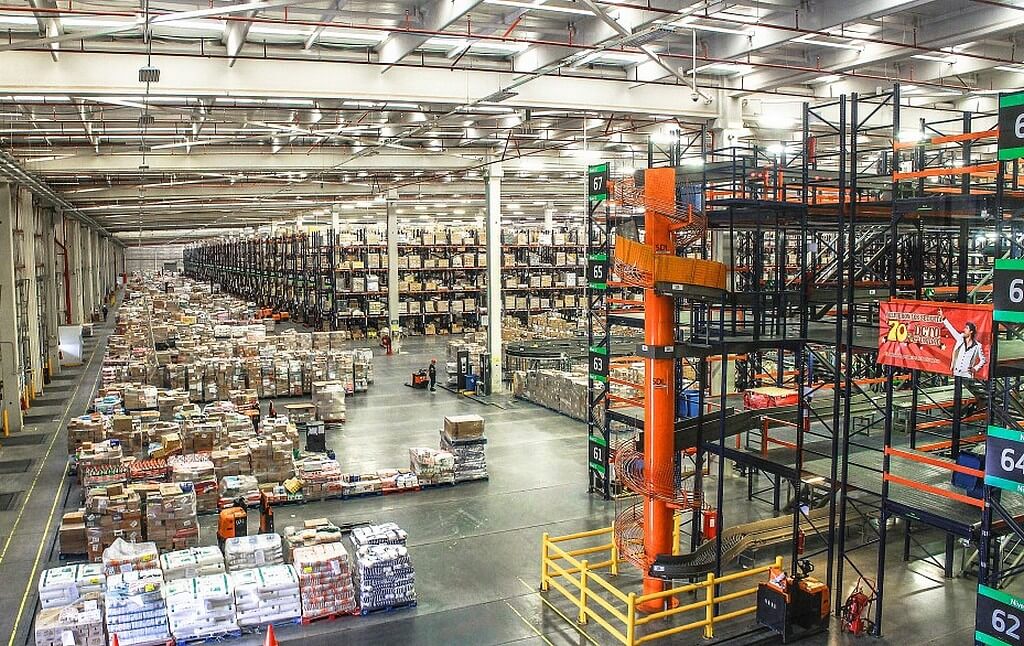In a turbulent year mired by uncertainty, supply chain leaders could be forgiven for wondering where to pivot next. Fortunately, Gartner’s ‘Hype Cycle‘ sheds some light on where firms should prioritise their investment and innovation.
The Hype Cycle shows what stage popular trends are with their development, thereby giving a clearer indication of which investments should be made where and when.
The cycle incorporates 5 different stages; the ‘Innovation Trigger’, the ‘Peak of Inflated Expectations’, the ‘Trough of Disillusionment’, the ‘Slope of Enlightenment’, and finally, the ‘Plateau of Productivity’.
“A Gartner Hype Cycle is an excellent way for supply chain leaders to figure out what actions to take next, where to invest now and what to keep on the radar,” says Noha Tohamy, Distinguished VP Analyst, Gartner. “Some of the capabilities are very close to maturity, while others such as artificial intelligence (AI) are still evolving. Nevertheless, leaders must realize their potential for business transformation and start active exploration and experimentation.”
Things kick off with the innovation trigger, which sparks a trend’s rapid growth. However, in a relatively short period of time, the trend peaks in popularity as its lofty expectations are not met. This results in the trend plummeting – but not bottoming out entirely. At this point, significant developments are made, creating a steady slope of growth that eventually plateaus as the trend reaches full-optimisation and productivity.
Gartner’s chart, visible here, contains 32 different trends and shows where each of them are in terms of their maturity. There are nevertheless 5 trends that Gartner single out for special attention, which we shall list here in order of their maturity:
1. Artificial intelligence (AI)
Despite all the hype and discussion centred on AI, Gartner believe it well take around ten years before the technology becomes mature. Even so, AI’s importance cannot be underestimated, as Gartner believe the technology will have a “transformational” effect on the supply chain industry via its facilitation of automation.
As it stands, Gartner report that those who have adopted AI tech at an early stage have benefited to a limited extent. The global advisory firm nonetheless recommend supply chain leaders experiment with the AI – provided that they concentrate on key areas that offer the most potential.
2. Immersive experience
The second trend on Gartner’s list, ‘Immersive Experience’, is located right at the ‘Peak of Inflated Expectations’. Gartner describe the trend of immersive experience as being “the blending of the digital and physical worlds to create an enhanced experience.”
Gartner acknowledge that the idea of immersive experience has not been universally embraced among all business sectors yet, with the medical and military sectors being the exception.
On the other hand, it is envisaged that developments in hardware performance, together with price reductions, will inevitably see adoption of this concept pick up.
3. Internet of things (IoT)
As we move onto the ‘Trough of Disillusionment’, we meet Gartner’s third key supply chain trend, IoT technology.
Here, Gartner note that although many companies have started using IoT, they have also encountered difficulties finding how to optimise its use for measurement and tracking.
These hurdles won’t put off more suitors though. Gartner estimates that installed IoT endpoints for manufacturing and natural resources industries will increase to 1.9 billion units in just 8 years’ time. To put that figure into perspective, it is five times more than one recorded in 2018.
4. Digital supply chain strategy
The penultimate trend highlighted by Gartner is on the ‘Slope of Enlightenment’. Naturally, one’s concept of what a digital supply chain strategy represents may differ. Gartner’s definition is as follows:
A digital supply chain strategy prepares the supply chain to create a short- and long-term vision that aligns stakeholders behind an integrated set of principles as well as digitally enabled capabilities and investments. The strategy defines a supply chain digital roadmap that supports the ambitions of the enterprise while balancing both transformation and optimization initiatives.
There is evidence to back up Gartner’s claim that digital supply chain strategies are getting closer to maturity. The renowned advisory firm recently found that 82% of executives have a “management initiative or transformation program” in process that aims to further digitise their business.
5. Descriptive analytics
Finally, we have the last and most mature of the trends underlined by Gartner – descriptive analytics. This trend is defined by Gartner as “the application of logic, pattern detection, and discovery and business rules to data.”
Thanks to descriptive analytics, Gartner argue it is possible for organisations to visualise their supply chains via live and past data. Given that Gartner see descriptive analytics as a “foundational and a natural starting point for organizations that want to understand their supply chain performance”, it is considered to have reached the very end of the ‘Hype Cycle’.
Photo credit: pxhere.com









